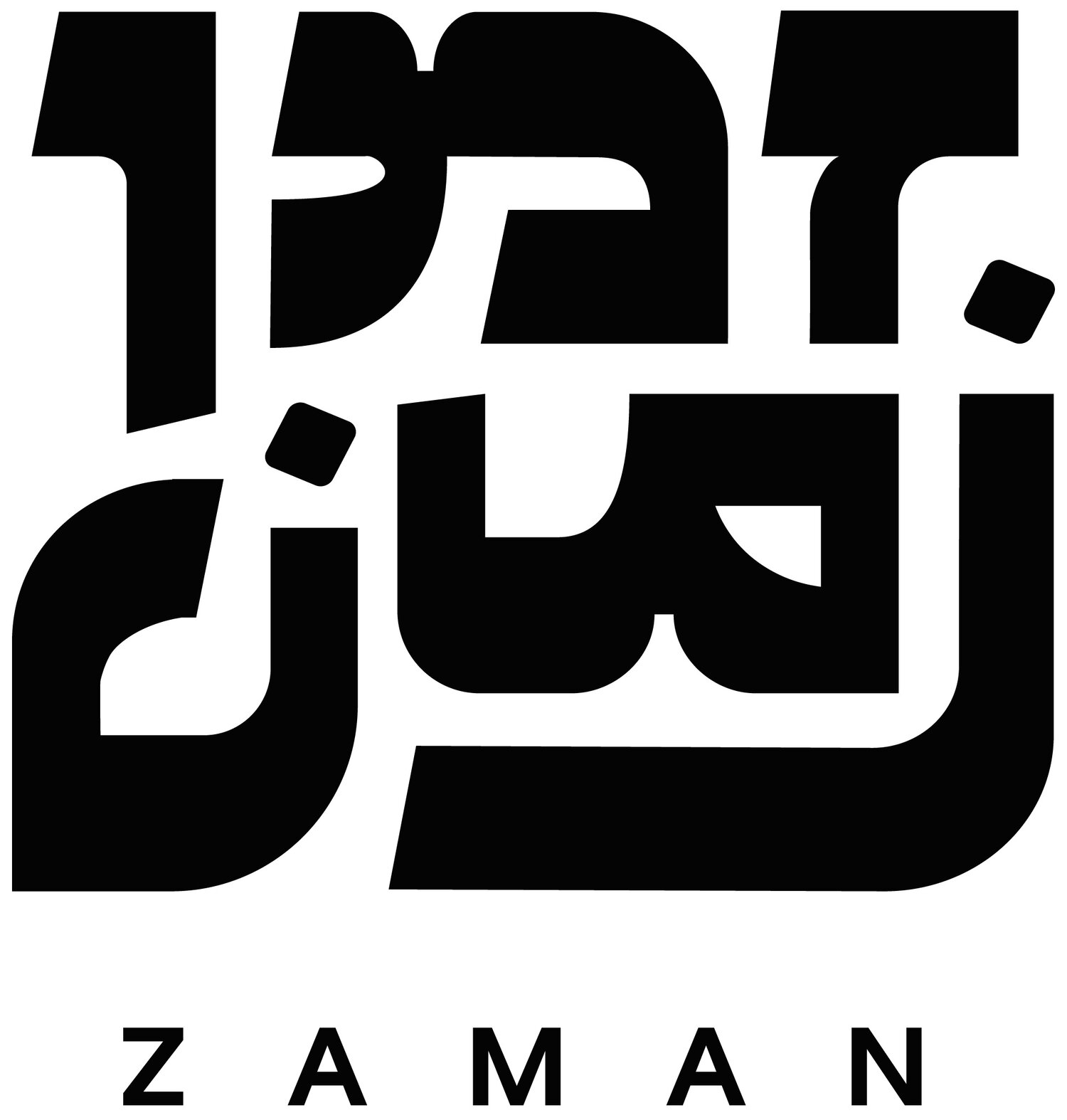The Spaces in My Togetherness
Papercut by Sophie Levy
This essay was originally submitted to the Berkeley Hillel Prize.
Last year, my friends and I invited one of our visiting lecturers, a Tibetan Buddhist monk, to a Tu B’Shvat seder in the Charedi-turned-hippie neighborhood of Nachlaot.
The event’s Facebook page asked guests to bring wine for the four prayers. We had stopped at Mahane Yehuda on the way, curving through the shuk’s wet alleyways, passing its porous walls and the fruit stands closed for the night, weaving in and out of a few liquor stores to find a 20-shekel bottle of red wine. People’s heads turned as Geshe Damchoe trailed behind us in his long crimson robe.
The seder was in a small synagogue. The room was filled twice over capacity. A buzzing murmur hovered across the room. Talk drowned the rabbi’s voice. No one was listening. Everyone – but us five – was drunk. Heavily drunk. And everyone – but Geshe Damchoe – was Jewish.
Damchoe sat quietly in his seat, reading the pamphlet explaining the different mixtures of wine that only he abstained from drinking that night. Then a niggun erupted. People drummed on the tables. They hollered and clapped. They beat their chests, climbed onto their chairs (or fell if they lost their balance). The five of us stared, rose, and followed.
Yin/yang is what Taoists see in the world: duality. Buddhists see karma governing an interdependent unity. In the little synagogue, amidst the roaring and table-banging, I laughed to myself: the Jews only know disorder.
(You can’t remember ever feeling that self-conscious about Jewish practice before. There was something about being in the company of a spectator, someone with limited exposure to Judaism (and no predisposition to defend it) that made celebrating the holiday fully and without questioning difficult for you. So you too adopted the role of observer. And for the first time, a fuller understanding of your own culture came not from engaging with it- but distancing yourself from it.
You were self-conscious, but not necessarily conscious of yourself. You were conscious of an “other.”)
That night blurred the defined space between “other” and “self.” It forced me to consider how much other people have affected how I see my self.
I hold others’ habits, tastes, and opinions. I hold behaviors that were modeled for me (your bad habit of cracking your neck, which started only because you thought your desk partner in 8th grade looked cool when she popped the capsules of her joints in cascading sequence). I hold feelings that I learned (your fear of plastic bottles from the progressive people you met in college, or revulsion from the thought of once mixing meat with milk – embodied most gloriously in BBQ-chicken-cheese pizza – before you lived in Israel and decided to keep kosher). I hold ideas that I did not create (like what your legs or chest should look like). I hold expressions that I can’t explain (the spontaneous tears induced by a friend’s; the contagious yawn induced by your neighbor).
I am not the only one engaged in this interexchange. Judaism has interacted with other peoples (and absorbed some of their cultural practices) for over two millennia. Jews were conquered by the Assyrians, Babylonians, Greeks, and Romans; by the Christians, Ottomans and British; before they were exiled, they lived in Egypt, Spain, Portugal, France, and Yemen; they founded communities across eastern and central Europe; in ancient Persia and modern Iran; in Iraq and Syria; in Albania, Morocco, South Africa, Mexico, Argentina; Ethiopia, Canada, the U.S., China, and India.
Because of their diasporic history, Jews also stand as a collection of different peoples, and their cultures, tastes, and practices. Some Jews are blonde. Some Jews have black skin. Jews hold citizenship to different countries. They speak different languages. Communities in the mizrach sing their prayers to Muslim chants. Many western synagogues adopted pews from churches. The ancient Beit Alpha synagogue by the Galilee holds pagan gods on its mosaic floors.
Judaism is imbued with so much otherness.
(You, too, are imbued with so much otherness.)
From where, then, does the Jewish people’s sense of self arise?
(From where, then, does your sense of self arise?)
Navigating the fluid interexchange between rigid conceptions of “self” and “other” is daunting. At the same time, the strain that this challenge has placed on how I interact with the world, and the fragmented feelings it has left me with, best honor my experience as a Jew, and on a more basic level, as a person.
Nearly a year after the Tu B’Shvat seder in Nachlaot, one of my teachers introduced me to a book called The Prophet by Khalil Gibran) He quoted a line from the book: “Let there be spaces in your togetherness.” (The idea cleaves to the walls of your brain.)
In context, the point of the quote was to remind people engaged in any relationship with another person of their own individuality. To separate the self from another, and sanctify the self-contained.
But maybe Gibran’s words can also be interpreted to question the self-sufficiency of the individual altogether. Maybe seeing spaces in one’s togetherness is the recognition of voids in a whole bigger than its acting parts; separation in what appears singular; other influences in the self; a network of people in one’s personhood.
Judaism hollows spaces – spaces not just between Diaspora communities in different parts of the world, but within an individual’s consciousness.
These spaces are deeply embedded in my consciousness. I occupy different spaces: the space my body takes, the space between my body and another’s; and the emotional space that bleeds into another’s and sometimes encompasses the two. I jump between my selfhood and my otherness, “I” and (you). I occupy the space to both write about and to myself, to be and ultimately, to ask: “who are you, Kayla? How do you assert yourself? How do you assert your self?”

